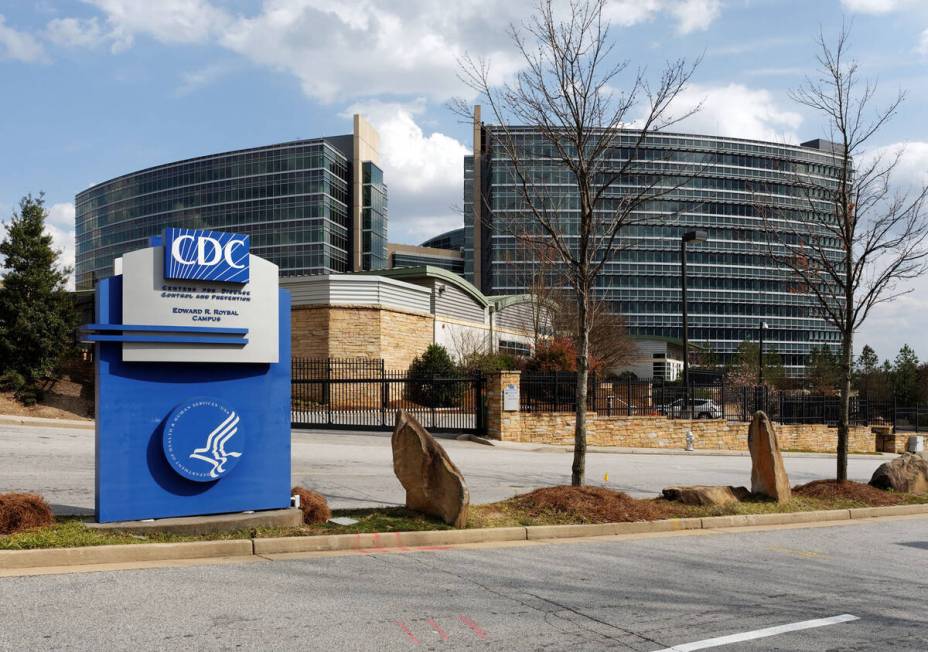Sexually transmitted infections in US jumped in 2021

Cases of major sexually transmitted infections rose to more than 2.5 million in 2021, U.S. health officials said in a revised final report, led by rates of syphilis that increased by more than a third from a year earlier.
Rates of syphilis rose about 32 percent in 2021, after the Centers for Disease Control and Prevention had said in a preliminary report last year that it expected a 26 percent increase. Cases among infants, who can become infected during pregnancy, also jumped by about a third, leading to 220 stillbirths and infant deaths in 2021, the CDC reported.
Such cases have risen every year in the past decade, according to the CDC. Congenital infections can cause severe disease in infants, including bone deformities, blindness and loss of hearing.
Delays in diagnosis and treatment help drive the spread of sexually transmitted infections, researchers and advocates say. Some are calling for increased screenings and education, as the illnesses are easiest to treat when detected early.
“Syphilis — and especially congenital syphilis — is the canary in the coal mine for a devastating and out-of-control epidemic of sexually transmitted infections in the U.S.,” David Harvey, executive director of the National Coalition of STD Directors, said in a statement. “These are completely preventable infections that too often go unseen, undetected, and untreated. We need an all-of-government response that meets the gravity of this crisis.”
Other sexually transmitted infections also increased, with rates of gonorrhea and chlamydia each adding about 4 percent from 2020 to 2021. Chlamydia rates remain above pre-COVID levels, spurring concerns that screening for the often-asymptomatic disease was disrupted by the pandemic. Gay and bisexual men, as well as Black and American Indian communities, continue to be disproportionately impacted, the CDC found.
“The U.S. STI epidemic shows no signs of slowing,” Leandro Mena, CDC’s director of sexually transmitted disease prevention, said in a statement. “The reasons for the ongoing increases are multifaceted — and so are the solutions.”
Surging STI cases reinforce the need for accessible testing and treatment, as well as continued development for new vaccines and post-exposure medications, the CDC said.
“It will take many of us working together to effectively use new and existing tools, to increase access to quality sexual health care services for more people, and to encourage ongoing innovation and prioritization of STI prevention and treatment in this country,” Mena said.
Diagnoses for sexually transmitted diseases dropped early in the pandemic but increased through the rest of 2020. Those numbers may have been underreported because of COVID-related interruptions to screenings and health care visits, the CDC said at the time.